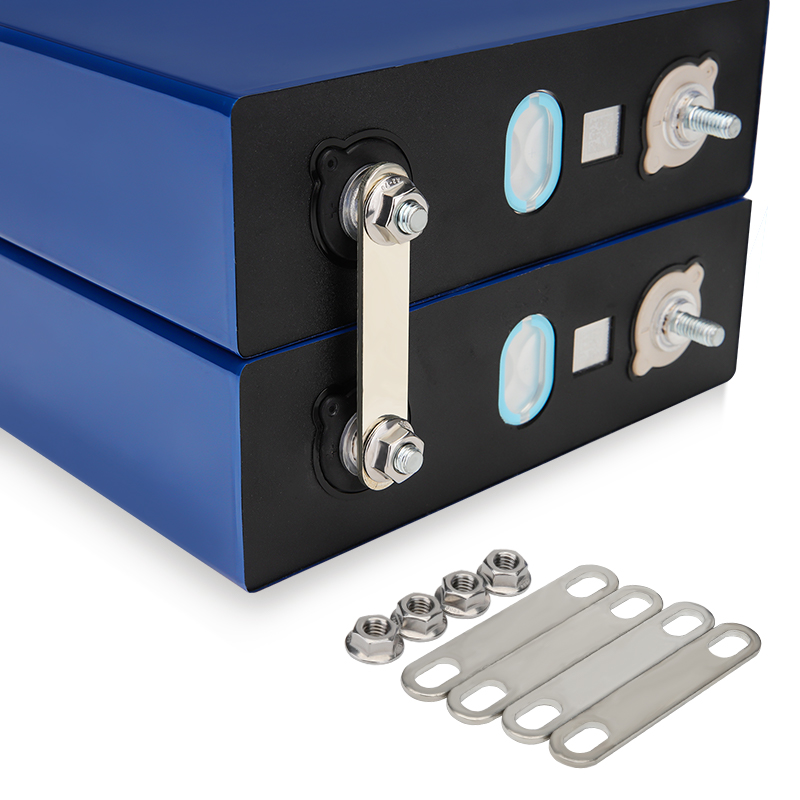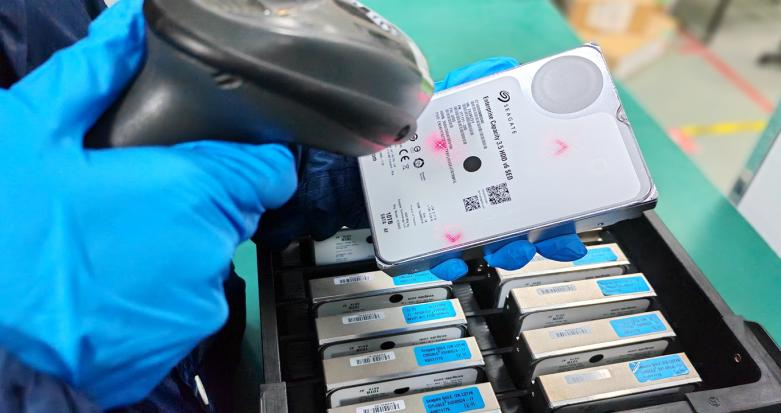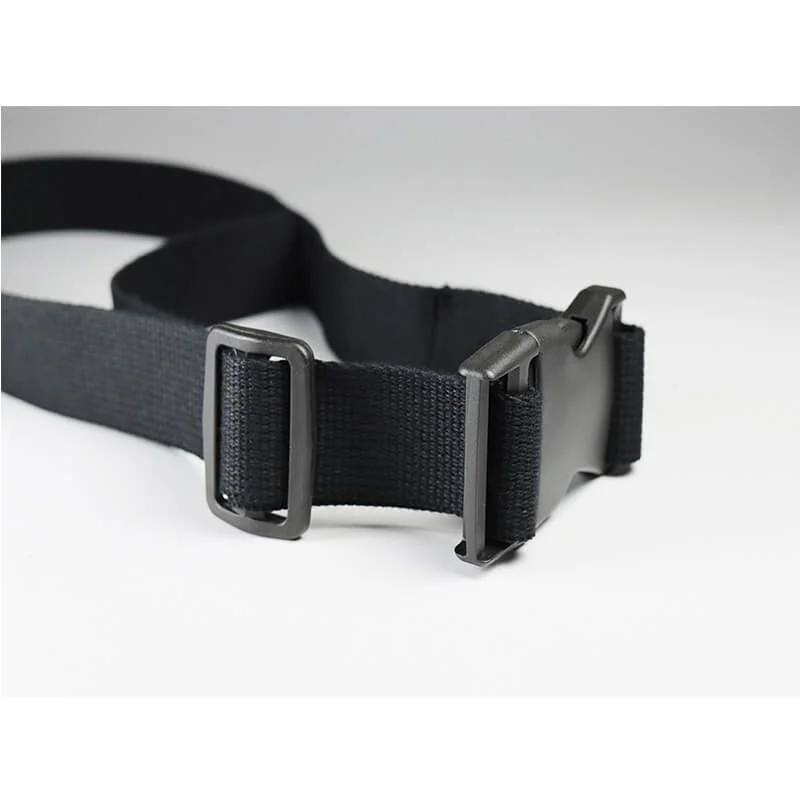Soldering is an essential skill in various fields, from electronics to jewelry making, and even in plumbing. It involves joining two or more electronic components together by melting solder around the connection. While it may seem straightforward, achieving a strong, reliable solder joint requires a combination of technique, practice, and understanding of the materials involved. In this article, we will explore the secrets to good soldering, breaking down the process into manageable components and providing practical tips for both beginners and seasoned professionals.
Understanding the Basics of Soldering
Before diving into the secrets of good soldering, it’s crucial to understand the fundamental components involved in the process:
- Solder: Typically made of a combination of tin and lead (or lead-free alternatives), solder is the material that melts to create a bond between components. The choice of solder can significantly affect the quality of the joint.
- Flux: This is a chemical cleaning agent that helps to remove oxidation from the surfaces being soldered. It promotes better adhesion and flow of solder.
- Heat Source: A soldering iron or a soldering station provides the necessary heat to melt the solder. The temperature and type of tip used can influence the quality of the joint.
The Secrets to Good Soldering
- Preparation is Key
The first step in achieving a good solder joint is proper preparation. This involves cleaning the surfaces to be soldered, ensuring they are free from dirt, grease, and oxidation. Use isopropyl alcohol and a lint-free cloth to clean the components. For circuit boards, a small brush can help remove debris from the pads.
- Choosing the Right Solder
Selecting the appropriate solder is crucial. For electronics, a rosin-core solder is often preferred due to its built-in flux, which simplifies the process. Lead-free solder is becoming increasingly popular due to health and environmental concerns, but it requires higher temperatures and may be more challenging to work with. Ensure that the solder you choose is compatible with the components and the application.
- Mastering the Technique
The technique used during soldering can make a significant difference in the quality of the joint. Here are some essential tips:
- Heat the Joint, Not the Solder: Place the soldering iron tip on the joint where the two components meet. Allow the joint to heat up for a second or two before introducing the solder. This ensures that the solder flows properly and adheres to both surfaces.
- Use the Right Amount of Solder: Too much solder can create bridges between connections, while too little can result in weak joints. Aim for a small, shiny, and concave fillet of solder that covers the joint without spilling over.
- Avoid Cold Joints: A cold joint occurs when the solder does not melt properly, leading to a weak connection. This can be avoided by ensuring that both the component lead and the pad are adequately heated before applying solder.
- Temperature Control
Maintaining the right temperature is vital for good soldering. Most soldering tasks require a temperature between 350°C to 400°C (662°F to 752°F). If the temperature is too low, the solder will not flow properly; if it’s too high, it can damage sensitive components. Invest in a soldering station with adjustable temperature settings for better control.
- Practice Makes Perfect
Like any skill, soldering improves with practice. Start with simple projects and gradually work your way up to more complex assemblies. Consider using practice kits designed for beginners, which often include components that are forgiving of mistakes.
Troubleshooting Common Soldering Issues
Even with the best practices, issues can arise during soldering. Here are some common problems and their solutions:
- Solder Not Adhering: This can be due to insufficient heat or dirty surfaces. Ensure that both the soldering iron and the components are clean and adequately heated.
- Solder Bridges: These occur when excess solder creates an unintended connection between two points. To fix this, use a solder wick to absorb the excess solder or a solder sucker to remove it.
- Dull or Grainy Joints: This indicates a cold joint. Reheat the joint and add a small amount of solder to ensure a proper connection.
Conclusion
Soldering is both an art and a science, requiring attention to detail, technique, and practice. By understanding the materials involved, mastering the technique, and troubleshooting common issues, anyone can achieve strong, reliable solder joints. Whether you are a hobbyist or a professional, the secrets to good soldering lie in preparation, practice, and a commitment to quality. Embrace the learning process, and you will find that soldering can be a rewarding and enjoyable skill to master.





